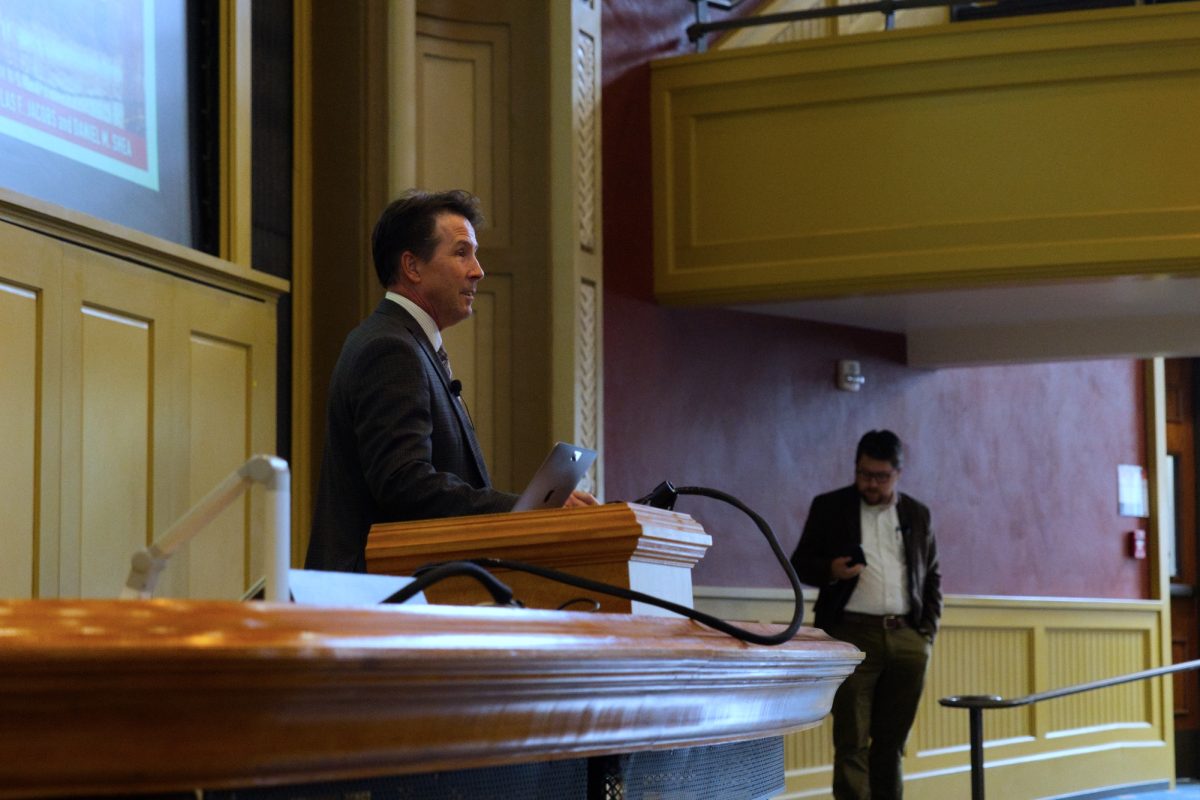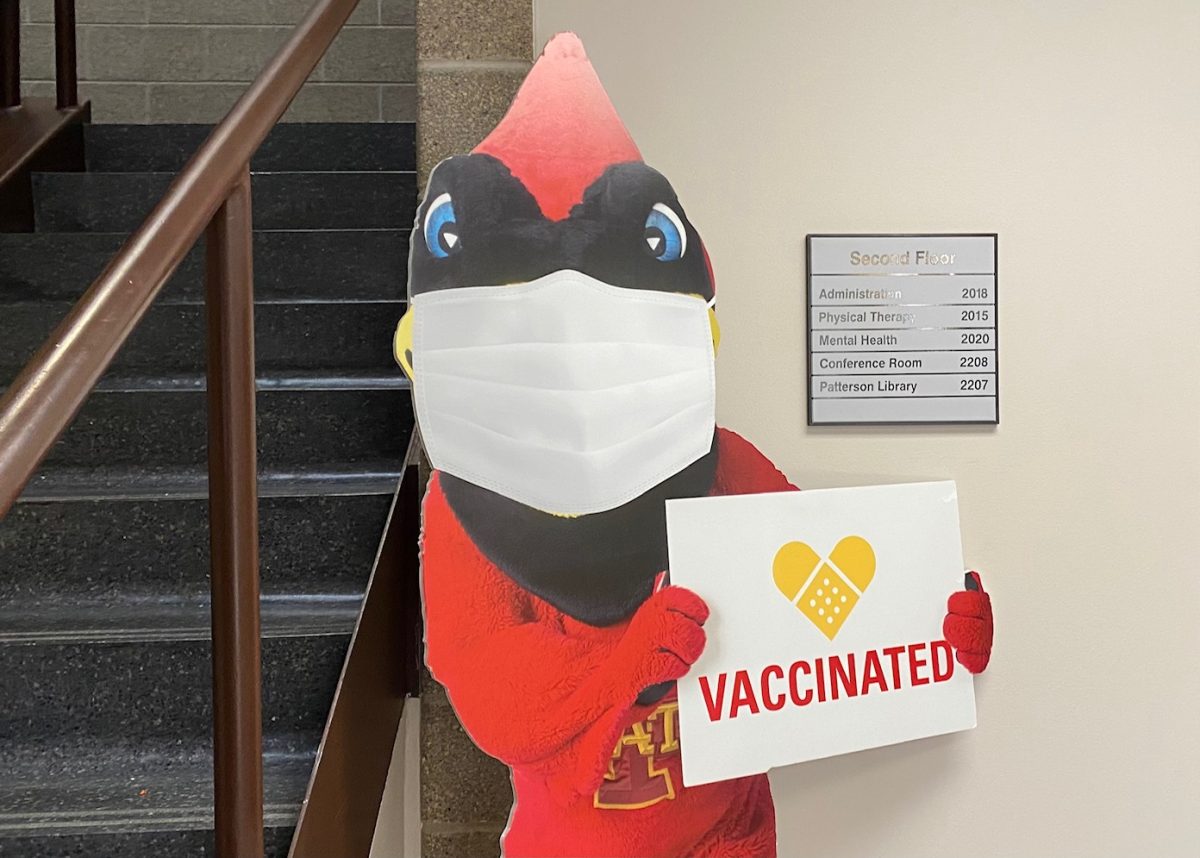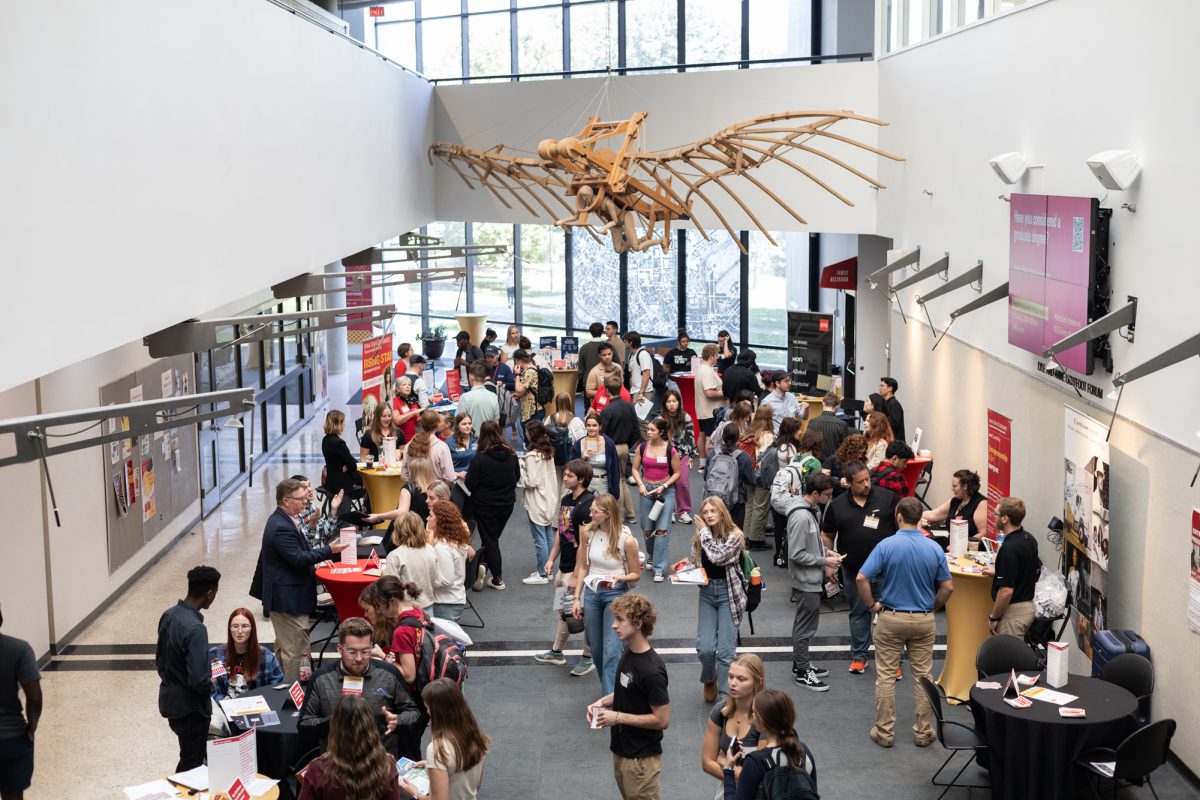STDs on the rise, but ISU working to combat them
December 8, 1998
Each year, more than three million American teen-agers are infected with sexually transmitted diseases (STDs), while more than 12 million Americans are infected with STDS annually.
Krista Noah, center manager of Planned Parenthood, said at least one in four people will contact an STD in his or her lifetime.
“STDs are dangerous because, if they are left untreated, they can lead to infertility and death for men and women,” Noah said.
Noah said the most common forms of sexually transmitted diseases are herpes, genital warts and chlamydia.
Joan Lawrence, executive director of AIDS Project of Central Iowa, said there are more than 1,100 known cases of AIDS in the state of Iowa.
“The vast majority of those cases are still men, although the numbers [of AIDS cases] for women and minorities are rising,” she said.
Treatment procedures vary according to the nature of the sexually transmitted disease, said Randy Mayer, program coordinator of the Iowa State Student Health Center.
While sexually transmitted diseases such as chlamydia, gonorrhea and syphilis can be treated and cured right away, some sexually transmitted diseases stay with the person for life, he said.
“For diseases such as genital warts and herpes, we can treat the symptoms, but nothing can be done to cure the virus,” Noah said. “Once you have it, you have it forever.”
Noah said viral sexually transmitted diseases may cause problems for people later in life.
“Many STDs go without symptoms,” Noah said. “STDs can be spread to others through sexual contact without knowing it.”
With the epidemic of sexually transmitted diseases in America, many efforts are being taken in order to combat STDs.
Although Mayer said ISU does not keep track of the statistics regarding the rates of sexually transmitted diseases on campus, the university currently is developing a plan to reduce the STD occurrences at ISU.






